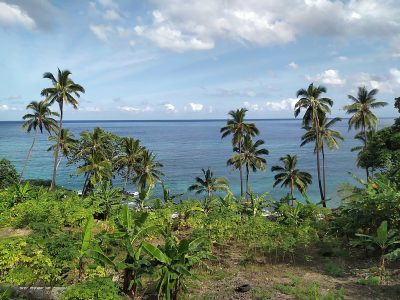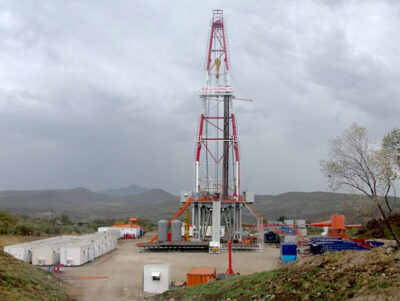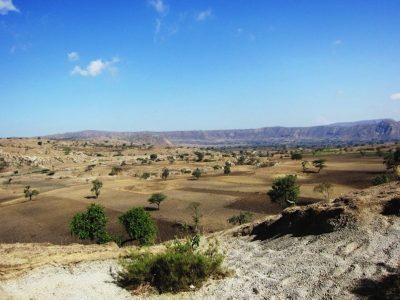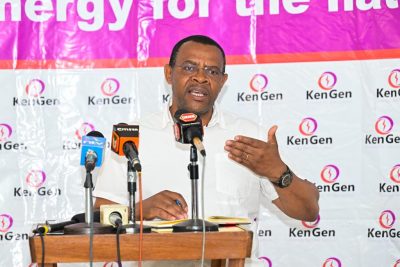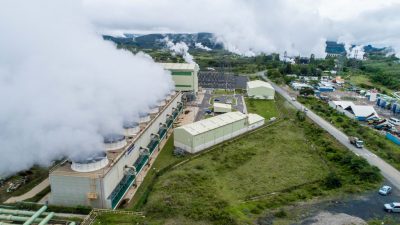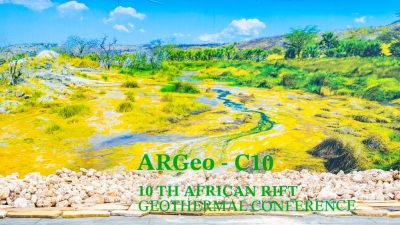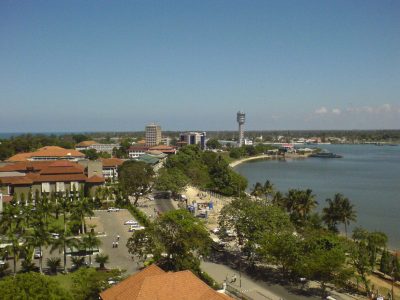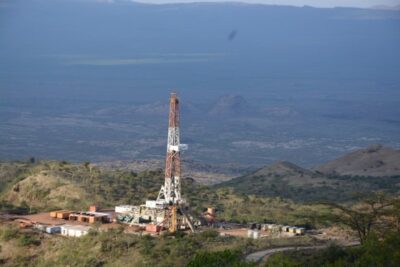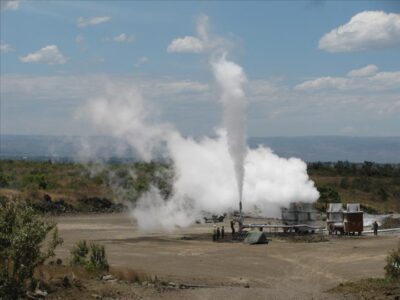Risk insurance being developed for Ethiopia and Kenya
Risk insurance plays a fundamental role in allowing more funding to go to key geothermal project like the one in Africa. The CEO of Parhelion is asked about these issues.
Access to electricity in Kenya and Ethiopia for the average citizen is still somewhat deficient when compared to other industrialised countries, according to a featured article in the Climate & Development Knowledge Network and access to cheaper and plentiful geothermal resources can be a reality if financial hurdles are overcome.
In order to do so, insurance and risk mitigation play very important roles. As stated in the article, “Julian Richardson, CEO of Parhelion, the underwriting company undertaking the project, said geothermal developers face high costs for field development coupled with high risks associated with resource exploration and development/appraisal drilling. These high costs and high risks are acting as a significant barrier to private sector financing.
The CEO said the significant gap in the insurance industry was related to the fact that brokers are not involved in the research and development function of insurance companies. Geological risk mitigation instruments are still limited to grant funding and/or in their infancy for the private sector. They therefore face the many structural barriers associated with developing innovative risk solutions in the private sector.”
Another issue raised in the article is the problem of funding, bringing in more funds and diversifying risk can greatly increase the investment in geothermal project and as stated before, greatly increase the amount of electricity and without increasing the volume of carbon dioxide emissions in the country.
To read the full article, please follow the link below:







